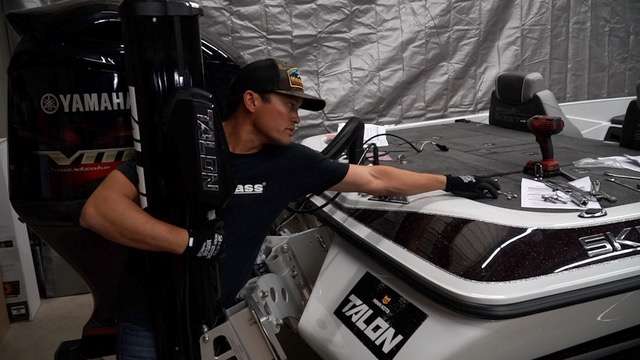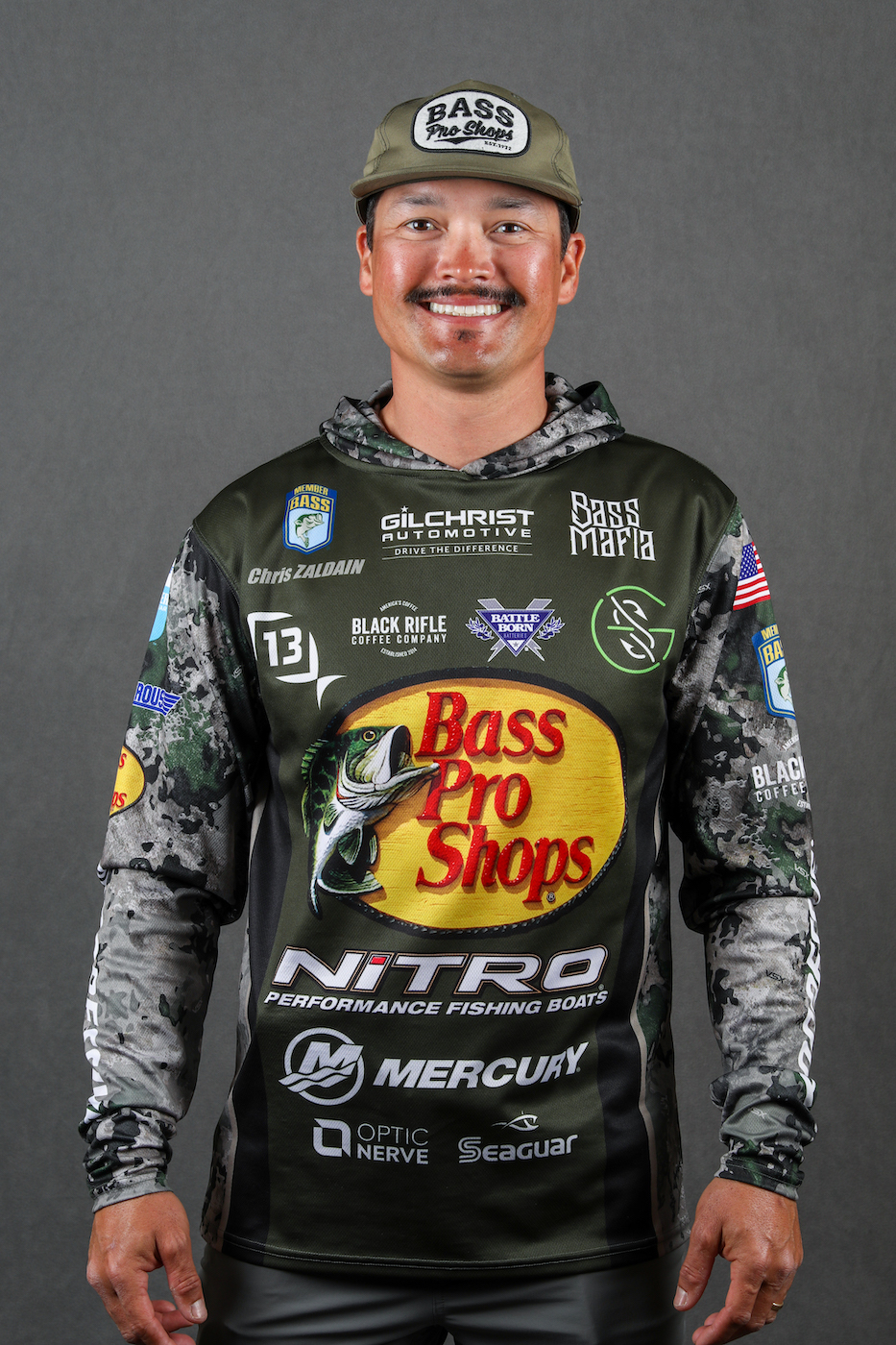
It’s been a busy couple of weeks. I’m glad that the 2019 Bassmaster Elite Series season is about to start. I’ll be back on a regular schedule, and maybe get a little rest.
The truth is, though, that a lot of the work I’ve been doing is my own doing. Both Trait and I have sponsorships with Skeeter and a number of other companies. And, because I rig all of our boats myself from bow to stern, I have a ton of work to do once they come out of the factory. When everything’s completed we’ll have two identical rigs.
That might seem like a lot of work to some of you. After all, a dealer would rig them for us. But, the thing is that if I rig them myself I know exactly how everything is put together and I know that everything is put together right. That’s important when you depend on your boat to earn a living and when you’re on the road all the time.
When I say rig them myself that’s exactly what I mean. I pull all the wiring. I install all the mounting brackets, transducers and electronic units. I rig the Talons. I wire the lights and everything else.
The maintenance crews at the tournaments do a great job. They’re professional and they know what’s up with our boats and equipment. You can depend on them — when you’re at the ramp. But even then it’s better if you can tell them exactly what you did and how you did it. That way they know how to take something apart and put it back together the way you did it.
But what if you’re not at the ramp and something goes wrong? During practice it costs you looking around time. That’s bad, but not as bad as if it happens during competition. Then it could cost you a check or a slot in the next Bassmaster Classic. However, if you can fix it yourself, you can lessen all of that.
For most people, though, what I do is unrealistic. So the next best thing is to check everything when you get the boat, or now before your next fishing trip. Make sure you know what’s what and that you have the tools you need to fix anything and everything.
One thing that some anglers do — and I fully support it — is to go through your boat and make sure you have a tool for everything on it. Put those tools in a special tool box that’s just for the boat and trailer. Keep it with you when you’re fishing. In your truck is good. Under your console is better.


Another tip that I’d like to mention is to use the camera in your phone to record what things should look like when they’re right. I’m talking primarily about wiring and mechanical connections.
Something as simple as changing your trolling motor batteries or swapping one out after a failure isn’t tough if you know how series and parallel connections should look. If you don’t know that, it can be a nightmare. Take a picture of them before you take everything apart. Refer to it before you put things back together. It’s a simple trick that only takes a minute, but it works.
One other thing I’ve gotten into lately is that I wrap our boats and trucks myself. A wrap is nothing more than a big vinyl sheet that has sticker on the back. I design my own wrap, get the approval from my sponsors and then print it on a big printer.
All you have to do is remove the backing — slowly and carefully — and then affix it with a squeegee that looks like a credit card. It takes about 40 hours to do a boat so I have around 80 hours in both of them. The trucks take another 20 hours.
I’m mentioning this last because doing your own wrap isn’t for everyone. It takes serious dedication. I learned how to do it by watching and helping another guy for the last four or five years. Don’t try it unless you know what you’re doing and have lots of patience.
Putting your own boat together, or repairing it yourself, has many advantages. Invest as much time and effort into it as possible. At some point that investment will pay huge dividends.


